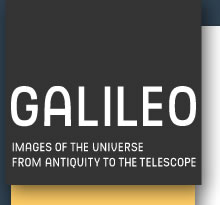


Active in Alexandria in about the middle of the 2nd century A.D., Ptolemy gave his name to a view of the cosmos in which the Earth stands motionless in a central position while the Sun moves in orbit around it. This view was to survive virtually unchanged until the mid-16th century. Relying on the wealth of data built up over the previous centuries, Ptolemy composed a grandiose astronomical compendium known as the Almagest, from the title of the medieval Arabic translation. In it he described the heavenly dome, analysing its movement and the phenomena linked to the obliquity of the Earth's axis and the inclination of the ecliptic, as well eclipses. He also provided the coordinates of the stars. The catalogue of 1,025 stars in Book VII of the Almagest was for centuries the reference work for every new map of the sky. Ptolemy, attentive to the diffusion of astrology, focused in his Tetrabiblos on the phenomena that occur on Earth in conjunction with the transit of celestial bodies.